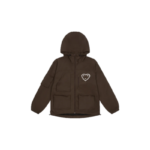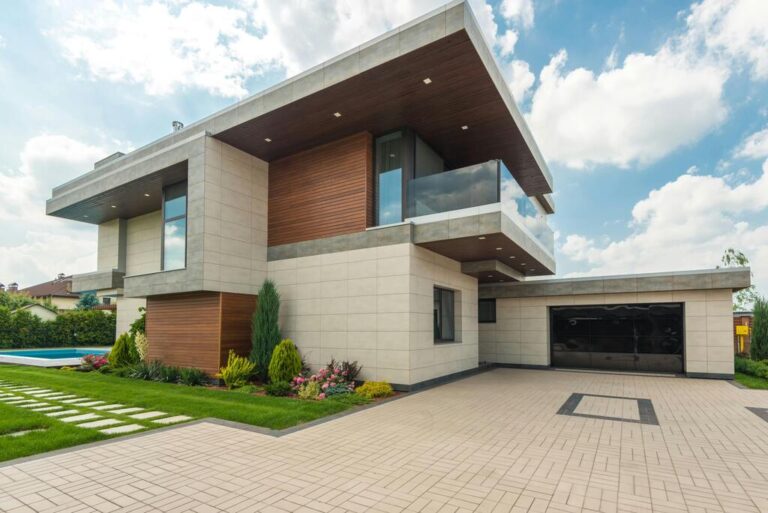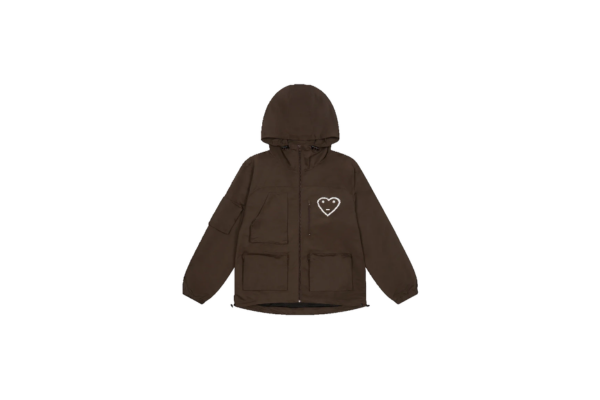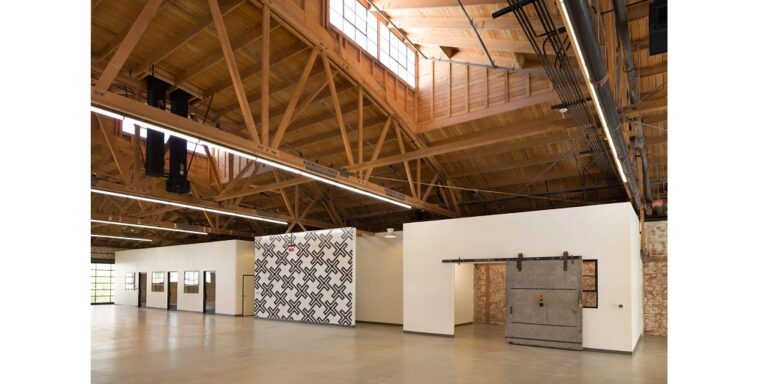When it comes to woodworking, construction, or DIY projects, understanding the dimensions of materials is crucial. One of the most common questions that arise is, “What size is a piece of plywood in feet?” This comprehensive guide will delve into the world of plywood sizes, exploring standard dimensions, variations, and practical applications. Whether you’re a seasoned contractor or a weekend warrior, knowing the ins and outs of plywood sizes will help you make informed decisions for your next project.
Standard Plywood Sizes in Feet
Understanding the standard plywood sizes in feet is crucial for anyone working in construction, woodworking, or DIY projects. While there are several sizes available, some are more common than others. Let’s explore these sizes in detail:
The 4×8 Sheet: The Most Common Plywood Size
The most standard and widely available plywood size is the 4×8 sheet. In feet, this translates to:
- Width: 4 feet
- Length: 8 feet
This 4×8 dimension has become the industry standard for several reasons:
- Efficiency in manufacturing
- Ease of transport and storage
- Compatibility with standard framing dimensions in construction
Other Standard Plywood Sizes
While the 4×8 sheet is the most common, other plywood sizes are available to cater to different project needs:
- 4×10 feet (48 x 120 inches)
- 4×12 feet (48 x 144 inches)
- 5×5 feet (60 x 60 inches)
- 5×6 feet (60 x 72 inches)
These variations in plywood size in feet allow for greater flexibility in construction and design.
Factors Affecting Plywood Sizes
Several factors influence the actual dimensions of plywood sheets:
Nominal vs. Actual Size
It’s important to note that the stated size of plywood (e.g., 4×8 feet) is often the nominal size. The actual size may be slightly smaller due to manufacturing processes and industry standards. For example:
- Nominal size: 4×8 feet
- Actual size: 47.5 x 95.5 inches (or 3.96 x 7.96 feet)
Thickness Variations
Plywood thickness can vary, affecting the overall dimensions:
- Standard thicknesses range from 1/4 inch to 1 inch
- Metric plywood may have different thickness measurements
International Standards
Different countries may have slight variations in their standard plywood sizes:
- US and Canada: Primarily use the 4×8 feet standard
- Europe: May use metric measurements (e.g., 1220 x 2440 mm, which is close to 4×8 feet)
- Asia: Can have varied standards depending on the country
Applications of Different Plywood Sizes
Understanding plywood size in feet is crucial for various applications:
Construction
- Wall sheathing
- Roof decking
- Subflooring
Furniture Making
- Cabinets
- Shelving
- Tables
DIY Projects
- Home improvements
- Craft projects
- Temporary structures
Industrial Use
- Packaging
- Shipping containers
- Temporary flooring
Choosing the Right Plywood Size for Your Project
When selecting plywood, consider the following factors:
- Project requirements
- Available space
- Structural needs
- Cost efficiency
- Ease of handling and installation
Cutting and Customizing Plywood Sheets
One of the advantages of standard plywood sizes is the ability to cut and customize them for specific needs:
Common Cuts
- Half sheets: 4×4 feet
- Quarter sheets: 2×4 feet
- Custom sizes for specific project requirements
Tools for Cutting Plywood
- Circular saw
- Table saw
- Track saw
- Jigsaw for curved cuts
Tips for Accurate Cuts
- Measure twice, cut once
- Use a straight edge or guide for precise cuts
- Consider the blade width (kerf) in your measurements
- Support the sheet properly to prevent splintering
Environmental Considerations and Plywood Size
The standard plywood size in feet also has environmental implications:
- Efficient use of raw materials
- Reduced waste in manufacturing
- Optimized transportation and storage
- Potential for recycling and reuse
Plywood Alternatives and Their Sizes
While discussing plywood size in feet, it’s worth mentioning alternatives that may come in different dimensions:
Oriented Strand Board (OSB)
- Often available in the same 4×8 feet size
- May have slight variations in actual dimensions
Medium Density Fiberboard (MDF)
- Typically follows the 4×8 feet standard
- Can be found in various thicknesses
Particle Board
- Usually conforms to the 4×8 feet size
- May have different density options
Q: Why is 4×8 feet the standard size for plywood?
A: The 4×8 feet size became standard due to its efficiency in manufacturing, ease of transport, and compatibility with common construction framing dimensions.
Q: Can I get plywood in custom sizes?
A: While standard sizes are most common, some suppliers offer custom-cut plywood or the option to order specialized sizes for large projects.
Q: How much does a 4×8 sheet of plywood weigh?
A: The weight varies depending on the thickness and type of wood, but a 3/4-inch thick 4×8 sheet typically weighs between 60 to 90 pounds.
Q: Are plywood sizes the same internationally?
A: While 4×8 feet is common in many countries, some regions use metric measurements that are close equivalents. Always check local standards when working internationally.
Q: How do I calculate how many sheets of plywood I need for my project?
A: Measure the total square footage of your project area and divide it by the square footage of a single sheet (32 square feet for a 4×8 sheet). Round up to the nearest whole number and add extra for waste and cuts.
Q: Can plywood be used vertically in an 8-foot wall?
A: Yes, a standard 4×8 feet sheet of plywood can cover an 8-foot wall vertically, making it ideal for wall sheathing in standard construction.
Q: How does plywood size in feet relate to room dimensions?
A: Many rooms are designed with dimensions that are multiples of 4 feet to minimize plywood waste and simplify construction.
Conclusion
Understanding plywood size in feet is essential for anyone involved in construction, woodworking, or DIY projects. The standard 4×8 feet size has become the industry norm, offering versatility and efficiency across various applications. However, it’s important to remember that other sizes exist to cater to specific needs, and factors like nominal vs. actual size can affect your project planning.
By considering the information provided in this guide, you’ll be better equipped to choose the right plywood size for your project, calculate materials accurately, and work efficiently. Whether you’re building a house, crafting furniture, or tackling a home improvement task, knowing the ins and outs of plywood dimensions will contribute to the success of your endeavors.
Remember that while standard sizes offer convenience, the world of plywood is adaptable. Custom cuts, alternative materials, and innovative use of standard sizes can help you achieve your project goals. As you embark on your next woodworking adventure, let your understanding of plywood size in feet be the foundation upon which you build your success.

















